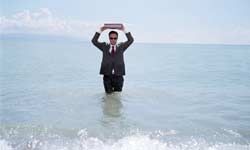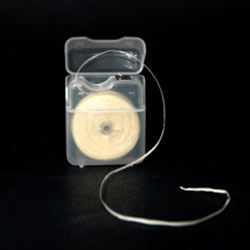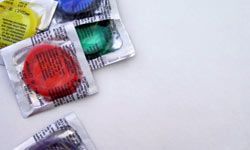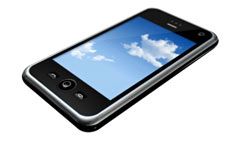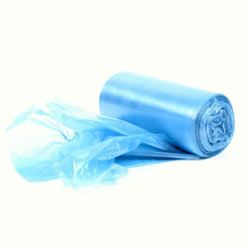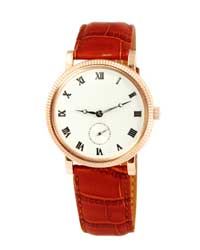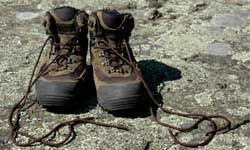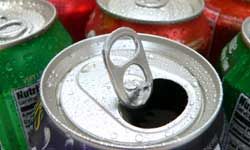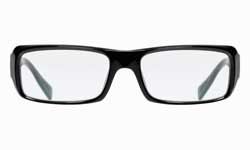Maybe you were caught in a freak snowstorm while driving home from grandma's house. Or perhaps you wandered a little too far from your campground during a weekend in the woods. By a freak of nature, you survived a plane crash in the middle of what feels like nowhere. Here you are, relatively uninjured but with no camping or survival equipment. What do you do?
If you're MacGyver, the famous American television spy from the late '80s, you'd do something dramatic like whip up a defibrillator using two candlesticks and an electrical cord, fight off snakes with nothing but kerosene or use chocolate to stop a sulfuric acid leak. Chances are, though, you're not going to find yourself lost in the woods while battling an international terrorist ring.
Advertisement
However, surviving in the wilderness can still be a matter of life and death. As living beings, we humans have basic needs for survival: warmth, water, sleep and food. If these needs aren't met, disaster can soon follow. Everyone should have a survival preparedness kit stored in his or her car or with them on any camping and hiking trip, but how many of us actually do? When you have no formal supplies, improvisation is key.
In this article, we're going to take a look at the top 10 survival items -- and they're all things you probably carry around with you every day. If not, it wouldn't be hard to start. Click ahead to see why healthy teeth have more benefits than you thought.
